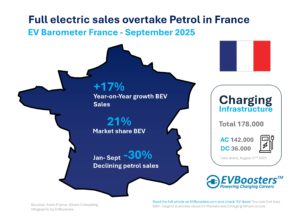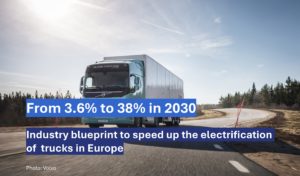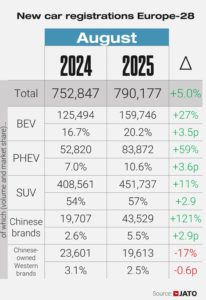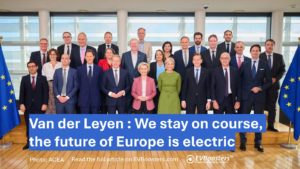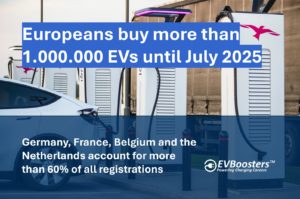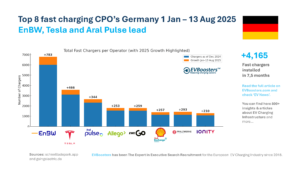It is also possible to reduce China’s monopoly on battery parts. The analysis also reveals that by 2027, two-thirds of Europe’s need for cathodes, which include essential raw elements, can be met locally. Projects for the manufacturing of cathodes are either underway or planned at Umicore in Poland, Northvolt in Sweden, and BASF in Germany. However, businesses may still decide to relocate projects intended for Europe to the US if they are attracted by the tax breaks and other incentives that the Inflation Reduction Act offers for locating battery supply chains in the US.
Reliance on China for the processing and refining of battery metals may also decline significantly; according to T&E predictions, by 2030, more than half of Europe’s need for refined lithium may come from European projects. These include Imerys in France, RockTech Lithium in Germany, and Vulcan Energy Resources. Under a proposed EU Critical Raw Resources Act, the materials will be supplied from foreign mines or directly from European projects as long as they adhere to strict environmental and social requirements.
According to T&E, money raised through joint debt issuance should be used to create a European Sovereignty Fund to boost green innovations. This would provide a level playing field for businesses across Europe and prevent wealthier nations from lagging behind by lavishly supporting their businesses. The US IRA’s green manufacturing targets, such as electric cars, batteries, and renewable energy sources, should be the only ones to receive funding.
However, in contrast to Next Generation EU, the funds should be paid out by the EU directly to businesses to prevent the sluggish absorption rates experienced under the Recovery and Resilience Facility (RRF). Additionally, spending under the RRF lacks a strategic focus, funds sometimes take a while to get to businesses, and the funds are not bankable in the same manner as US IRA production credits. It is also necessary to simplify EU state aid regulations so that production subsidies may be used to scale up green projects, as is already allowed in the US.
Source: Transport & Environment
Get ‘FREE OF CHARGE’ access to 450+ other valuable EV Market Reports in our database. Enjoy reading!


